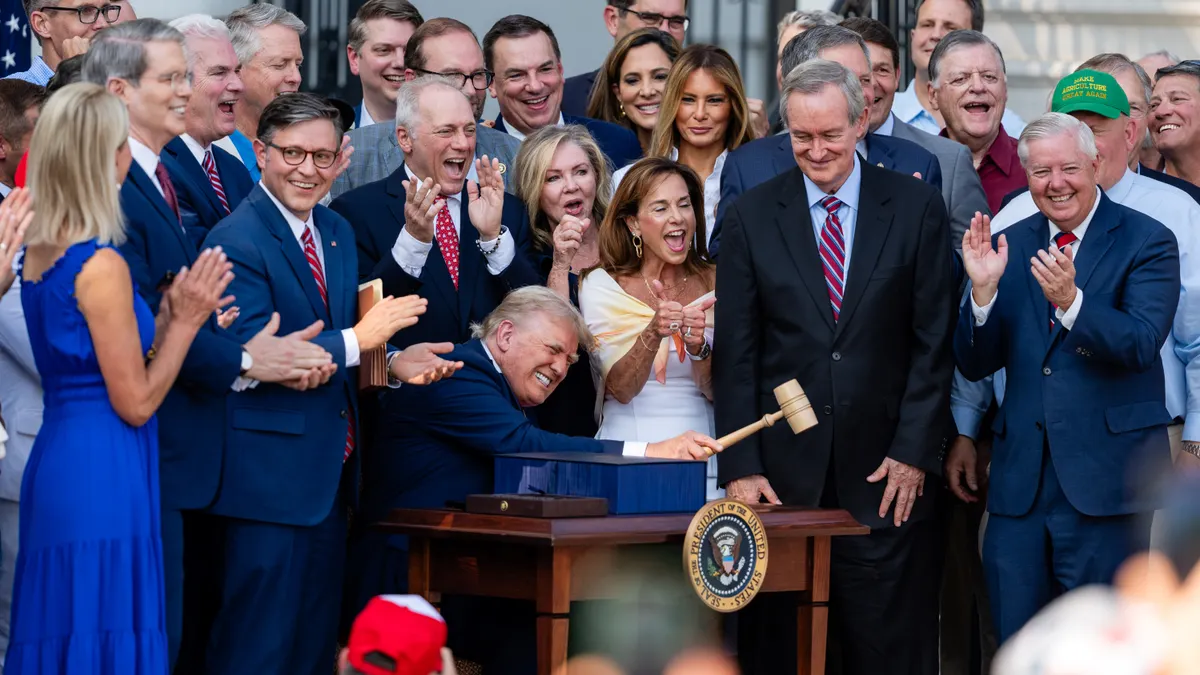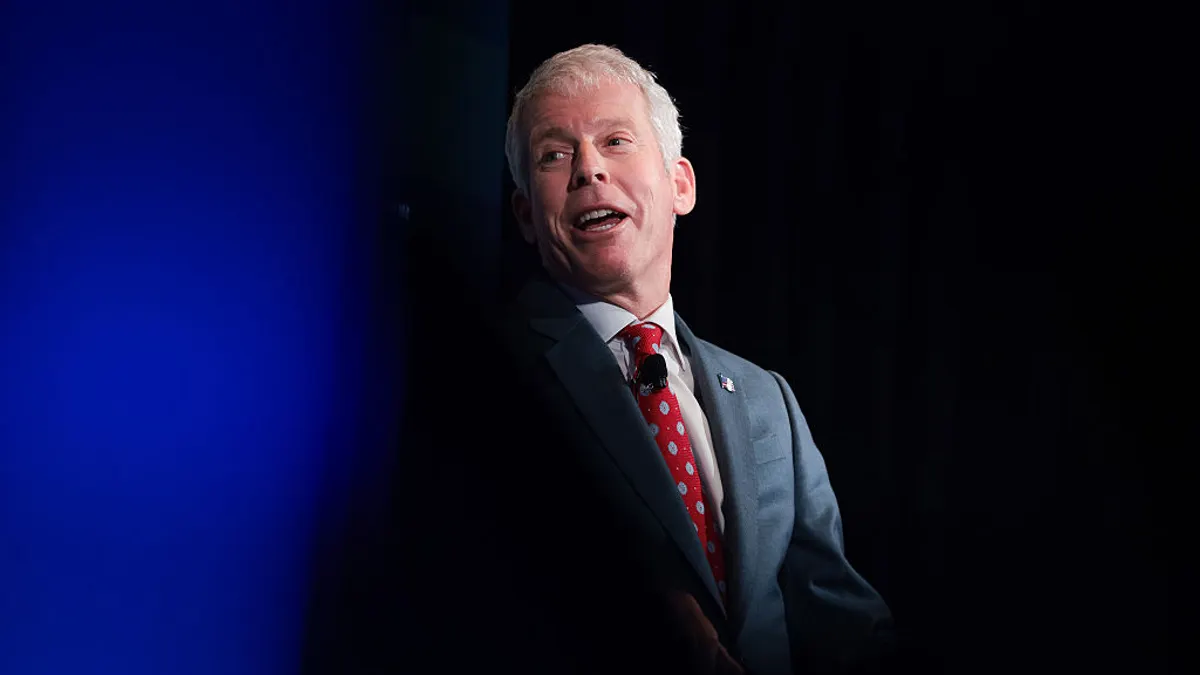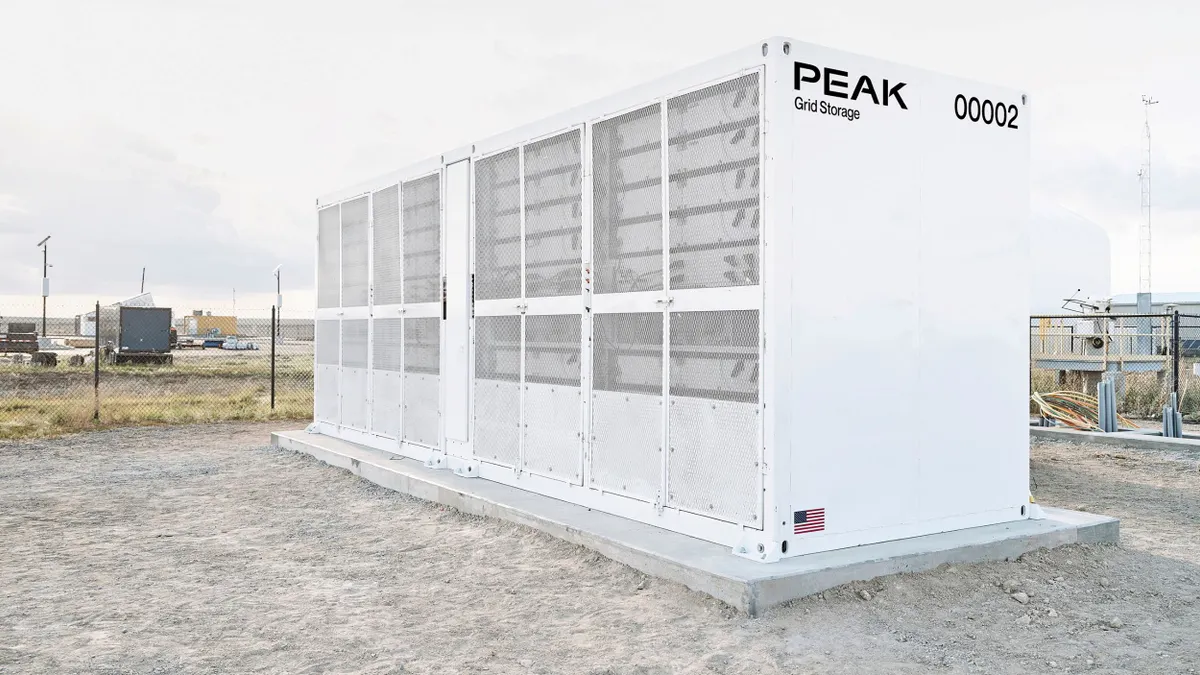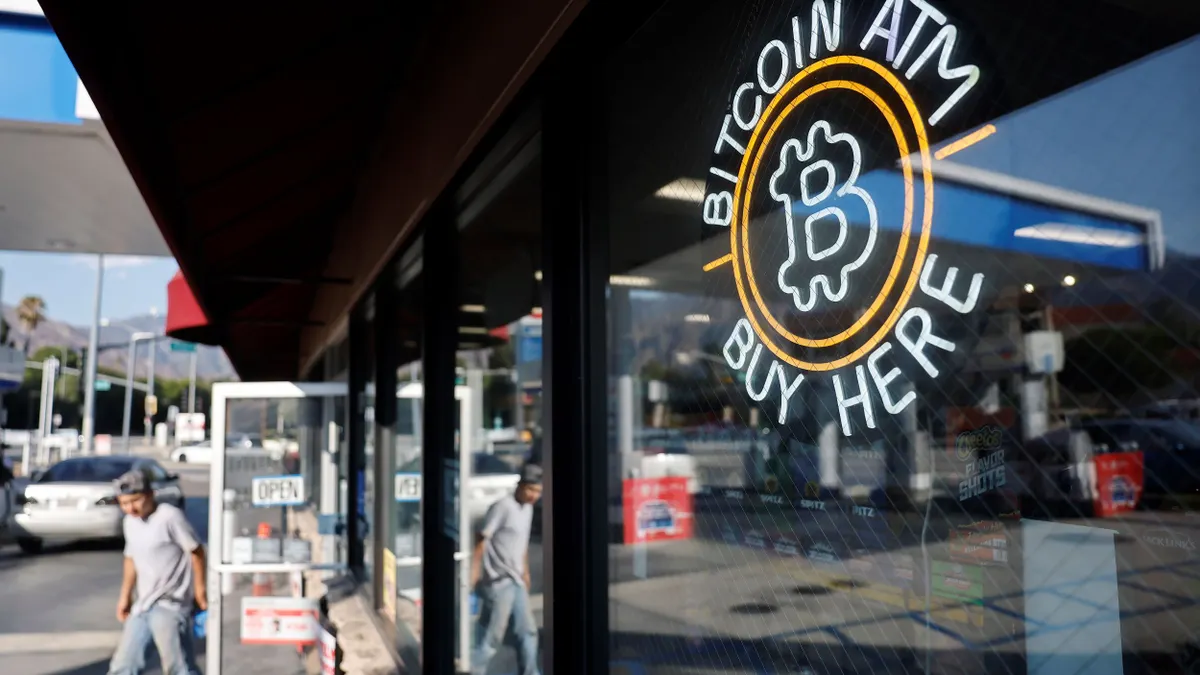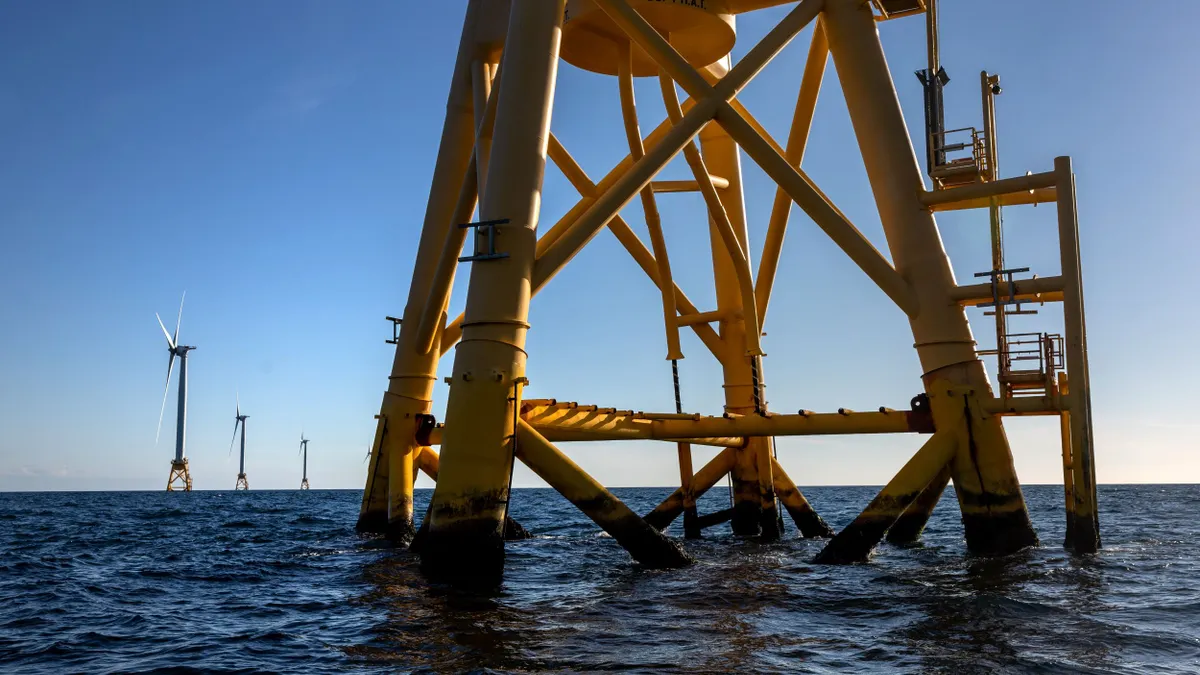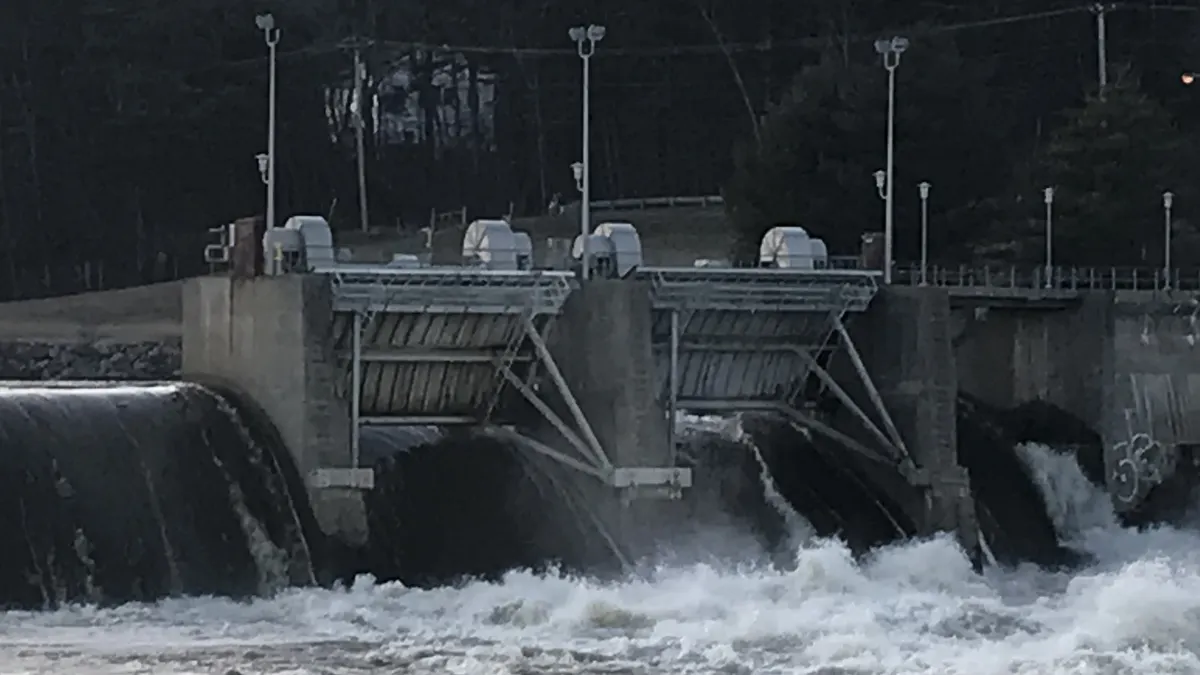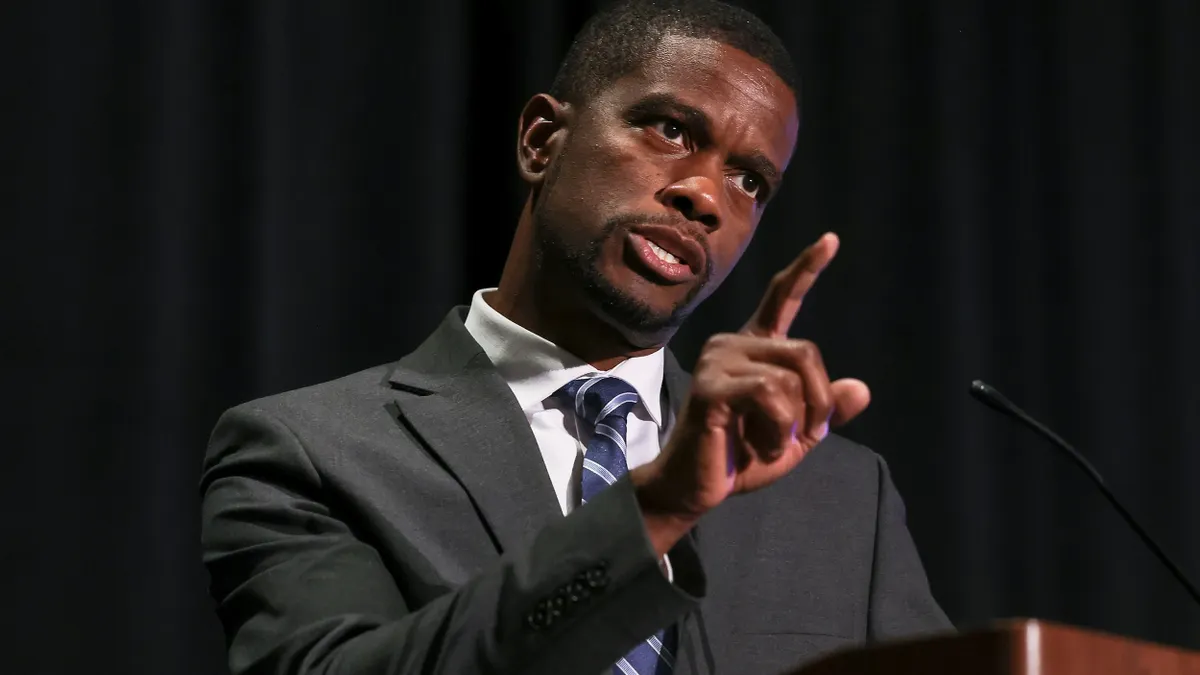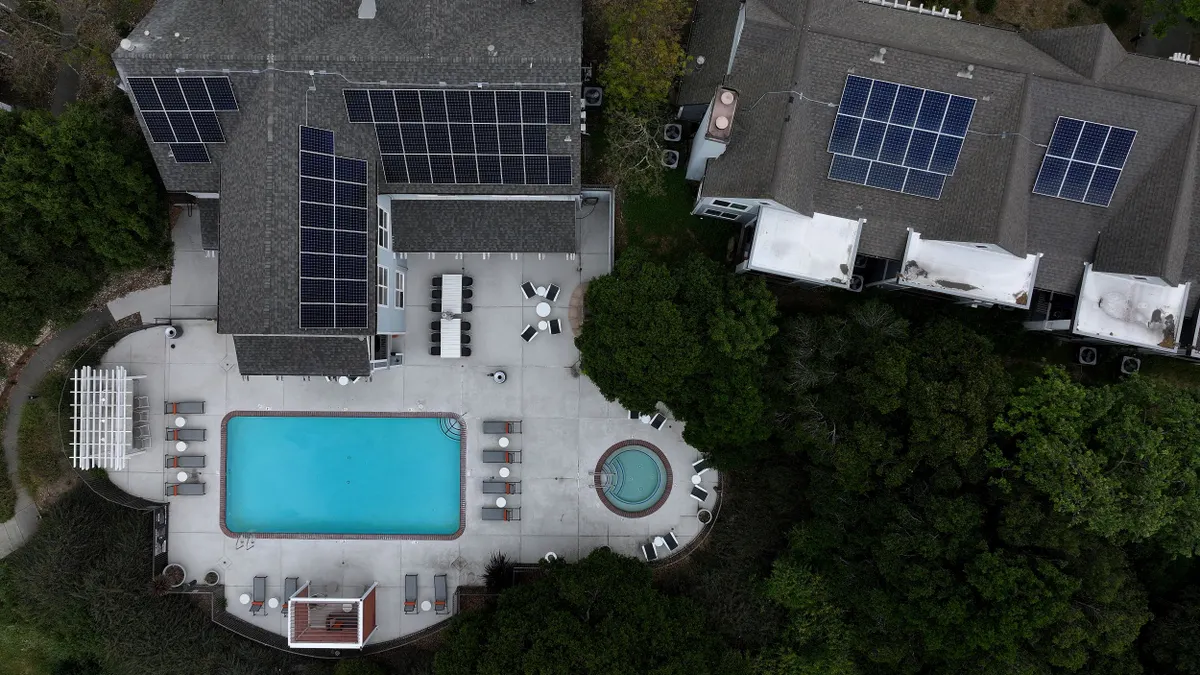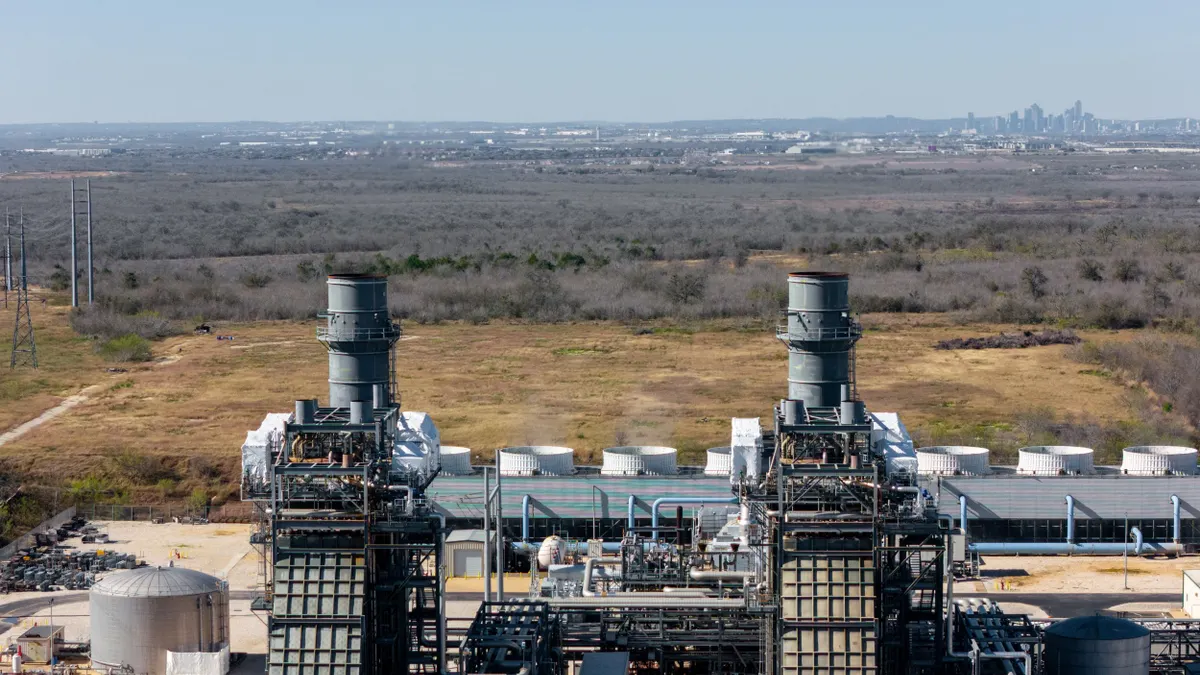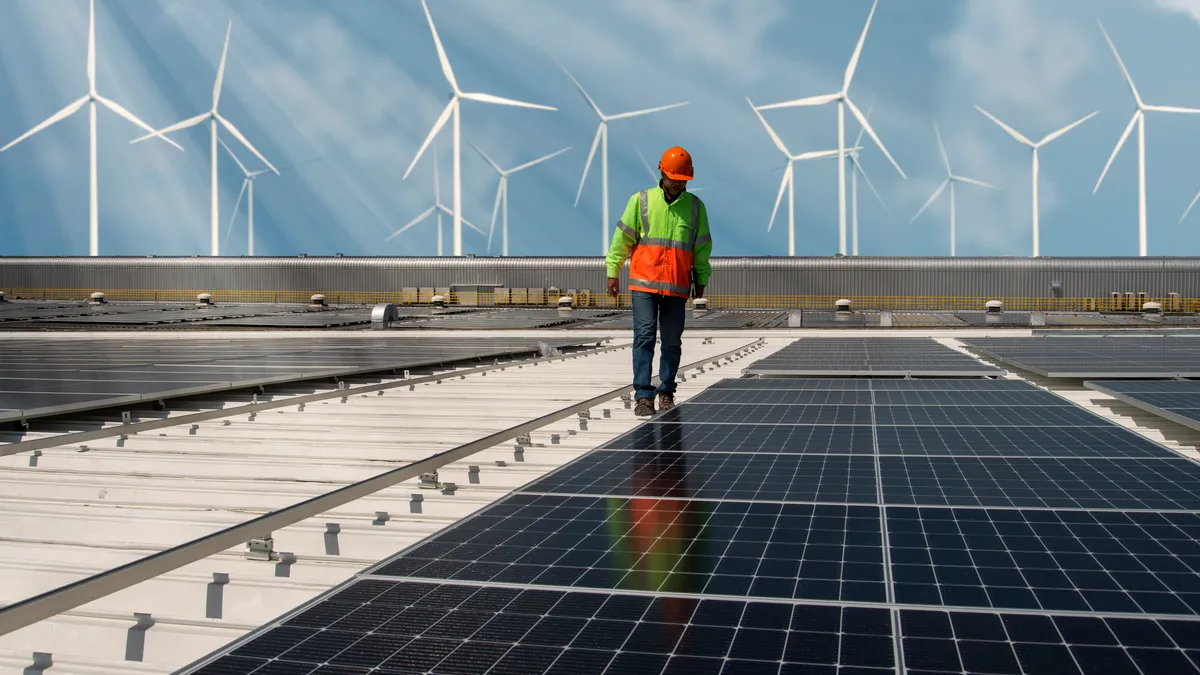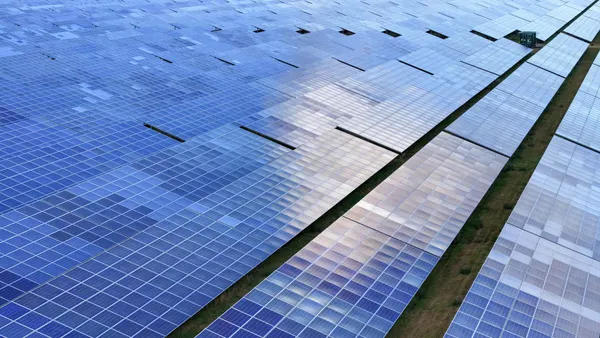UPDATE: July 7, 2025: President Donald Trump signed the Republican tax and policy bill into law in a July 4 ceremony, making significant cuts to the Inflation Reduction Act that are expected to have negative impacts for the wind and solar industries in particular.
Trump commented during the signing ceremony that “coal is back.”
“China is right now building 68 coal-generating plants, and we’re putting up wind,” Trump said. “Wind – it doesn’t work, I’ll tell you.”
While China is the world’s largest producer and consumer of coal, the country also dominates the U.S. in wind turbine capacity and plans to deploy around 140 GW of wind capacity this year alone. The Energy Information Administration projects the U.S. will add 7.7 GW in the same timeframe.
The Republican budget megabill, which makes steep cuts to the Inflation Reduction Act’s clean energy tax credits, now heads to President Donald Trump’s desk after passing both houses of Congress.
The House passed the Senate’s version of the bill 218-214 on Thursday, after Republicans debated through the night and House Minority Leader Hakeem Jeffries, D-N.Y., used the leadership prerogative of a “magic minute” to speak in opposition to the bill for a record-breaking 8 hours and 44 minutes.
Jeffries at one point referenced a June letter 13 House Republicans sent to the Senate, in which the Republicans stated they were “proud to have worked to ensure that the bill did not include a full repeal of the clean energy tax credits, [but] remain deeply concerned by several provisions” cutting back those credits the House version did include.
“Every single one of these signatories voted for a House bill that undermines the clean energy economy, noted that it would hurt their own constituents, voted for the bill anyway, then begged the Senate to make a difference,” Jeffries said. “That is not how we should be legislating in the United States House of Representatives … It limped out of the House by a single vote, so every single signatory on this letter could have stopped the bill.”
The bill restricts the ability of projects to qualify for the tech-neutral clean electricity 45Y production tax credit and 48E investment tax credit, shortens the timeline for those credits, and ends the 25D residential solar credit after this year. The 25E, 30D, 30C and 45W electric vehicle credits will terminate after Sept. 30.
While clean energy advocates and congressional Democrats maintain that the final version of the bill goes too far in slashing IRA credits, some Republicans wanted to see more significant cuts.
Before the House Freedom Caucus reached an agreement with House leadership to vote in favor of the bill, the caucus circulated a memo that criticized the Senate’s version of the bill for offering an exemption from the House’s onerous requirement that clean energy projects be placed in service by 2027 to qualify for the 45Y and 48E credits. The Senate version allows projects to avoid this requirement if they begin construction within a year after the bill is signed into law.
The Freedom Caucus said the Senate bill “fails to rectify the House bill’s failure to terminate subsidies for non-wind/solar ‘green technologies’ like battery storage, carbon capture, etc.”
Freedom Caucus member Rep. Ralph Norman, R-S.C., said in a Thursday morning CNBC interview that Trump had promised the caucus he would use his executive powers to phase out IRA subsidies. When asked which subsidies in particular, Norman said, “Solar panels, wind and solar ... electric vehicles ... the president gave us assurances that changes were going to be made, particularly with getting permits.”
The REPEAT Project, an initiative from Princeton University’s ZERO Lab, estimated in an initial report that the legislation will cut capital investment in U.S. electricity and clean fuels production by $500 billion over the next 10 years and raise U.S. household and business energy expenditures by $28 billion annually in 2030.
The report also estimates the bill will result in a reduction in cumulative new solar capacity additions by 140 GW and wind capacity additions by 160 GW over the next 10 years.
Jesse Jenkins, head of the ZERO Lab and the report’s lead author, posted on X that the bill’s provision restricting supply chain inputs from foreign entities of concern — like China — “seems designed as a poison pill.”
“We assume that the marginal wind, solar and battery projects are unable to claim [the tax credits] after it goes into effect (projects commencing after 2025),” Jenkins wrote. “That may be conservative, and some (especially wind) projects could qualify, but … our assumption is that the marginal project that our model needs to capture won't be able to qualify.”
Chirag Lala, director of energy at the Center for Public Enterprise, said in a Monday interview that the uncertainty the legislation’s provisions, such as the FEOC rule, introduce creates “basically a massive cost of capital shock on top of everything else.”
“Another way to think about this is, the clean energy economy involves a combination of numerous different actors, and all of their decisions have to synchronize together in order to get more stuff built,” Lala said. “Every single one of these actors has seen various kinds of decisions they make become more difficult, and that also makes it more difficult for them to act together or make beneficial decisions together. And I think that, in a nutshell, is why we expect investment to suffer.”



